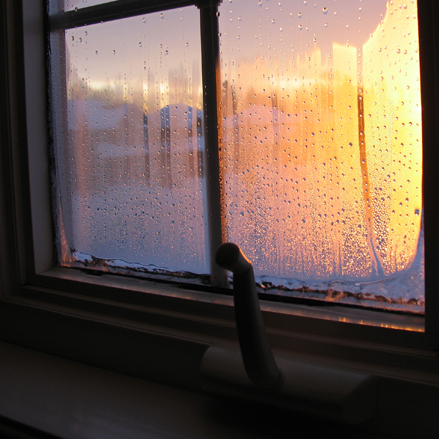Bayview Glossary
Composite
A term used for window or door components that consist of two or more materials, such as glass fibres or wood and plastic. The term also is used for windows and doors that combine two or more materials in the frame or sash construction, such as products with a wood interior and vinyl or aluminium exterior.
Condensation (window)

Window condensation occurs when the surface temperature of the window frame, glass or sash is lower than that of the humid that touches it. The moisture vapor in the air changes into liquid water on contact with these cold surfaces. In extreme temperature differentials, condensation can build up and freeze. Energy-efficient windows can also occasionally have condensation on the exterior glass surface during periods of warm weather and high humidity.
Condensation Resistance Factor
Condensation Resistance Factor (CRF). A rating of the window’s ability to resist condensation. The higher the CRF, the less likely condensation is to occur.
Conduction
The movement of heat from hot to cold through a solid.
Convection
The movement of heat by way of air movement.
CR-Value (Condensation resistance)
The CR-value indicates how well a product resists the formation of condensation (condensation resistance). CR is reported on a rating scale of 1 to 100. The higher the number, the better a product is at resisting condensation.
Crown Moulding:
A moulding that is used to finish the uppermost part of a wall or cabinet.
Curved-Top
A term used to describe a window with a curved frame. These units, also called arch-top or round-top are often placed over another window.
Desiccant
A material used to absorb moisture from within the sealed airspace of an insulation glass unit.
Desiccant Materials
Desiccants are special materials used in Insulated Glass Units (IGUs) spacers to prevent the inside glass surfaces from fogging due to condensation of moisture vapour or organic vapours that may be in the interpane space. Moisture vapour might be trapped in the interpane space during the manufacturing of the Insulated Glass Unit (IGU) or can permeate through the edge seal while the IGU is in use.
